
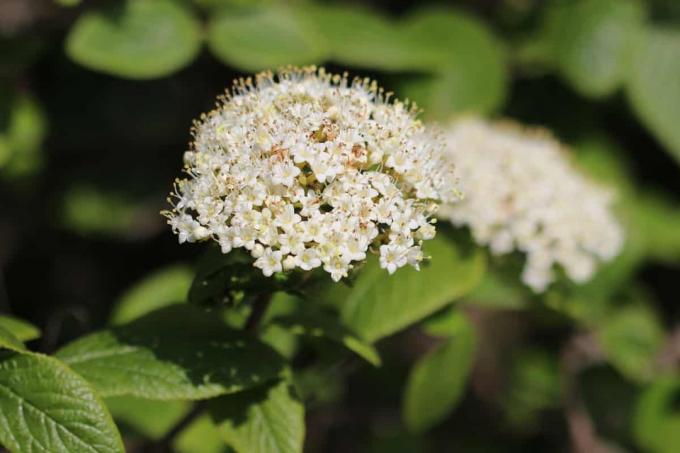
Table of contents
- growth and flowering
- substrate
- Location
- Plant
- watering & fertilizing
- Cut
- hibernate
- multiply
- Diseases
- pests
- Frequently Asked Questions
- Worth knowing about the Woolly Snowball shortly
The Woolly Snowball (Viburnum lantana) is one of the two native wild species of viburnum. A large shrub that grows stiffly upright, branches well and is also ideal as a windbreak with its dense, bushy growth. The Viburnum lantana is not only an eye-catcher in the garden, because it is also easy to care for and absolutely hardy. The snowball thrives in a sunny to semi-shady location that is protected from the weather and is extremely robust and resistant to diseases and pest infestation.
growth and flowering
Up to 12 cm long, the leaves of the woolly viburnum are broad and elliptical and pointing dark green and wrinkled on top, while woolly gray-green on their underside decorates. In autumn the foliage turns from green-yellow to vermilion-red. From April to June, the shrub presents its white flowers, which appear in umbels and are around 6 to 10 cm in size. However, the smell of the flowers is perceived very differently - from bad smelling to pleasantly fragrant. The red fruits formed in midsummer after flowering turn black as they ripen (September) and adorn the decorative shrub well into winter. Since this process does not proceed evenly, the berries on the snowball often show up in an attractive play of colors. In addition to its berries, which are attractive to birds, its dense growth also makes it a good tree for protection against birds. The deciduous shrub sheds its leaves in autumn. Depending on the variety, the snowball reaches a height of 1.50 to 5.00 m.
substrate
Woolly viburnum thrives in calcareous and humus-rich garden soil that can range in pH from neutral to alkaline (pH: 5.5 to 8.0). The soil should be moderately fresh to dry, but nutrient-rich. But the Viburnum lantana also thrives on stony or pure, calcareous loam and clay soil.
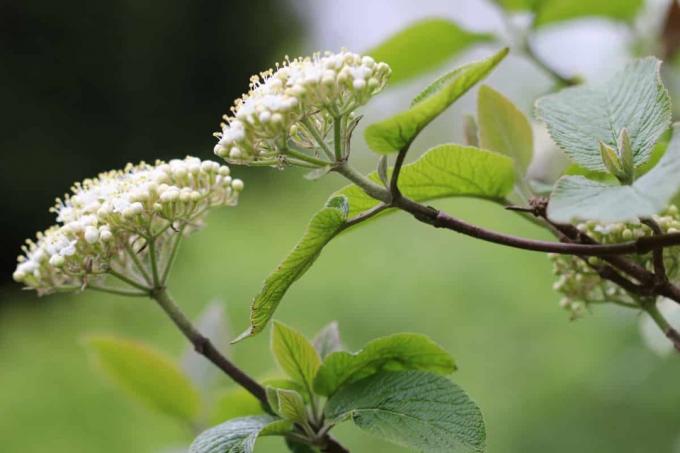
Location
The snowball likes sunny or semi-shady locations. However, a protected location is important, such as can be found along walls and in front of hedges. In nature, the Viburnum lantana can often be found on sunny forest edges. Since the Viburnum lantana also tolerates light shading, the shrub is also suitable as an understory in woody stands. Locations that are too humid should be avoided.
Plant
Spring planting is ideal. The Viburnum lantana can also be planted out in autumn. The strong growth in width requires a large planting distance, which should be at least one meter.
watering & fertilizing
The undemanding shrub needs little water and no fertilizer in normal garden soil. It likes to stand in fresh, dry soil, although it should be watered during prolonged dry periods.
Cut
After the flowering period, the lush growing snowball is cut back or removed. brought into shape. It also flowers without regular shaping and rejuvenation cuts, but a cut ensures its beautiful growth habit and stimulates the formation of strong new shoots. When flowering is complete, old wood is removed and irregular shoots are adjusted. Heavier pruning does not generally damage the shrub, but it can impair flowering. Viburnum bark is light gray, ranging from brown on young wood to grey-brown on older specimens. Well developed twigs are dark brown.
hibernate
Even in winter, the Viburnum lantana makes no special demands on its care. The hardy viburnum planted outdoors does not need winter protection in the cold season. In the mild climate, the viburnum can also spend the winter in pots or tubs, although freezing of the pots should be avoided.
multiply
Snowballs are propagated by cuttings that are covered with soil and kept slightly moist. After rooting, they are planted out or initially grown in pots. Another possibility is the formation of sinkers. To do this, the overhanging branches are slightly pressed into the ground and covered with moist soil. Once the sinker has taken root, it can be cut off the mother plant with a sharp knife. Propagation by division of the plant is also possible. To do this, the root of the viburnum is severed with a knife so that the plant is divided in half.

Diseases
The robust viburnum is very resistant to diseases, but since it often finds its place along roadsides, road salt damages it in winter, which is reflected in mottled leaves.
pests
Since insects rarely visit the hardly nectar-producing snowball, it is also very rarely attacked by pests. However, the robust viburnum can be infested by aphids or caterpillars. Commercially available insecticides against aphids can help.
The snowball leaf beetle (Pyrrhalta viburni) causes massive leaf damage in snowballs. The perforated leaves, on which hardly a beetle can survive, can be seen at first glance. In the spring, the damage first becomes apparent as a result of the so-called “window damage”, which later leads to the leaves with holes like a sieve. Responsible is the greenish-yellow, thick larva that the brownish and about 0.5 cm long beetle brings with it. It is recommended to cut back the shoots that are occupied by eggs and to use a commercial insecticide against larvae.
Frequently Asked Questions
Deciduous, hardy and easy to care for, the woolly viburnum only requires regular pruning - as long as it attracts everyone's attention as a solitary plant.
Viburnum lantana is poisonous to humans and animals (horses), the effect is correspondingly stronger in children. The bark of the viburnum in particular, but also the unripe fruits and leaves contain toxins (glycosides and viburnin).
Worth knowing about the Woolly Snowball shortly
the woolly one snowball impresses with its white-yellow flowers. The leaves are somewhat felty, hairy and wrinkled. The only thing that could prevent you from planting the robust ornamental shrub in your garden is the scent of its flowers. On the one hand this is exotic, on the other hand it is rather repulsive and unusual for most people. However, the fragrance is limited to only three months, because this is exactly when the flowers of the woolly viburnum bloom. After flowering, red berries follow, which turn black in autumn.
- The location of the woolly viburnum should be either in direct sun or at least in partial shade.
- The soil is ideal when it is particularly rich in lime and nutrients.
- If the location is optimally chosen, the woolly snowball not only grows in height, but also in width.
- Especially the latter is a reason for many people to get the plant in their garden.
- If you have a woolly plant snowball If you want, you should choose the planting time in spring.
- When planting, make sure that the bushes have a lot of distance between themselves.
- Because the woolly viburnum grows very well in width, the plants are also ideal as protection against prying eyes.
- The privacy screen then lasts through the summer, because the snowball loses its leaves in autumn.
- Prune the snowball when flowering is over. Then you can shape the snowball and it will form strong and new shoots until the next season.
- Even the winter doesn't necessarily bother the plants and you can easily leave them in their place during the cold season.
The only thing dem snowball What can harm are the pests: These include caterpillars and aphids. You should definitely counteract these or at least fight them as soon as possible, as they can cause enormous damage to the plant. So if you react quickly and boldly in this case, you will certainly have many years of pleasure from your woolly snowball and can enjoy it in all its beauty.
 garden editorial
garden editorial I write about everything that interests me in my garden.
Learn more about ornamental trees

Shell cypress, Chamaecyparis obtusa: 10 care tips
The clam cypress, which originated in Japan, is one of the most popular evergreen garden plants in this country. The 10 most important tips for caring for conifers have been compiled for you here.
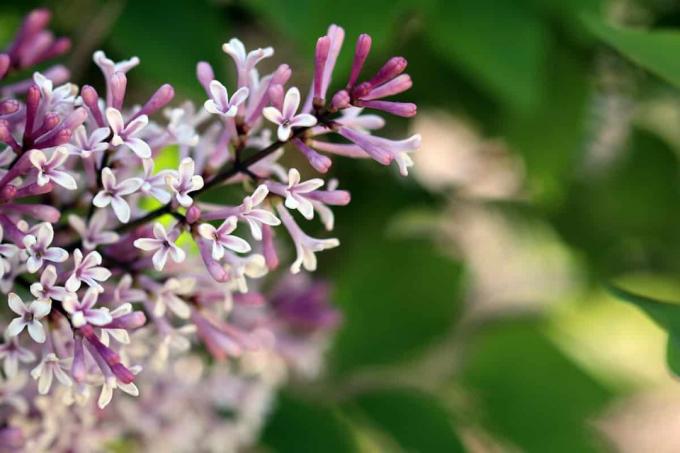
Dwarf lilac: 9 tips for care and pruning
The dwarf lilac impresses with its magnificent and fragrant flowers, which at the same time form an ideal retreat for native insects. The nine most important tips for caring for and especially cutting mini lilacs are summarized here for you.
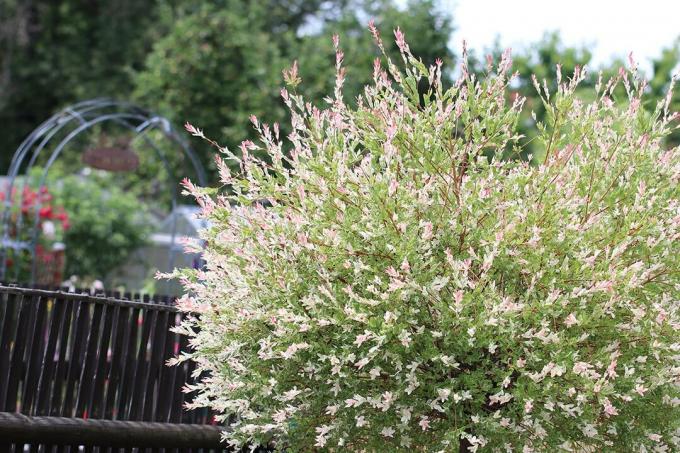
Flamingo Tree: Care and Pruning | flamingo pasture
The flamingo willow (Salix integra 'Hakuro Nishiki'), better known as the harlequin willow, is less noticeable with its inconspicuous flowers than with its colorful leaves. Its crown with the white-pink-green shoots draws everyone's attention, whether as a shrub or as a standard tree.

23 evergreen, hardy & fast growing shrubs
Evergreen and hardy shrubs are ideal for adding color to garden beds, patios and balconies in winter. Fast-growing specimens are particularly in demand. The 23 most popular shrubs can be found in the home garden guide.
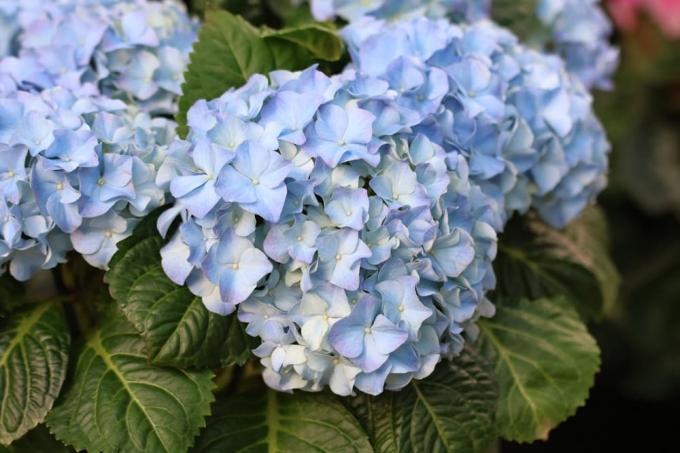
The basics of hydrangea care
Hydrangeas provide a real bloom in the garden or on the balcony, as long as they are cared for professionally. Read here how best to do this.

Rhododendron location: 6 important criteria
Rhododendrons are known for their sea of flowers, which, depending on the variety, unfolds its full splendor between March and June. However, the plants only develop the numerous flowers if the location meets their requirements. Rhododendrons are extremely picky when it comes to location.



